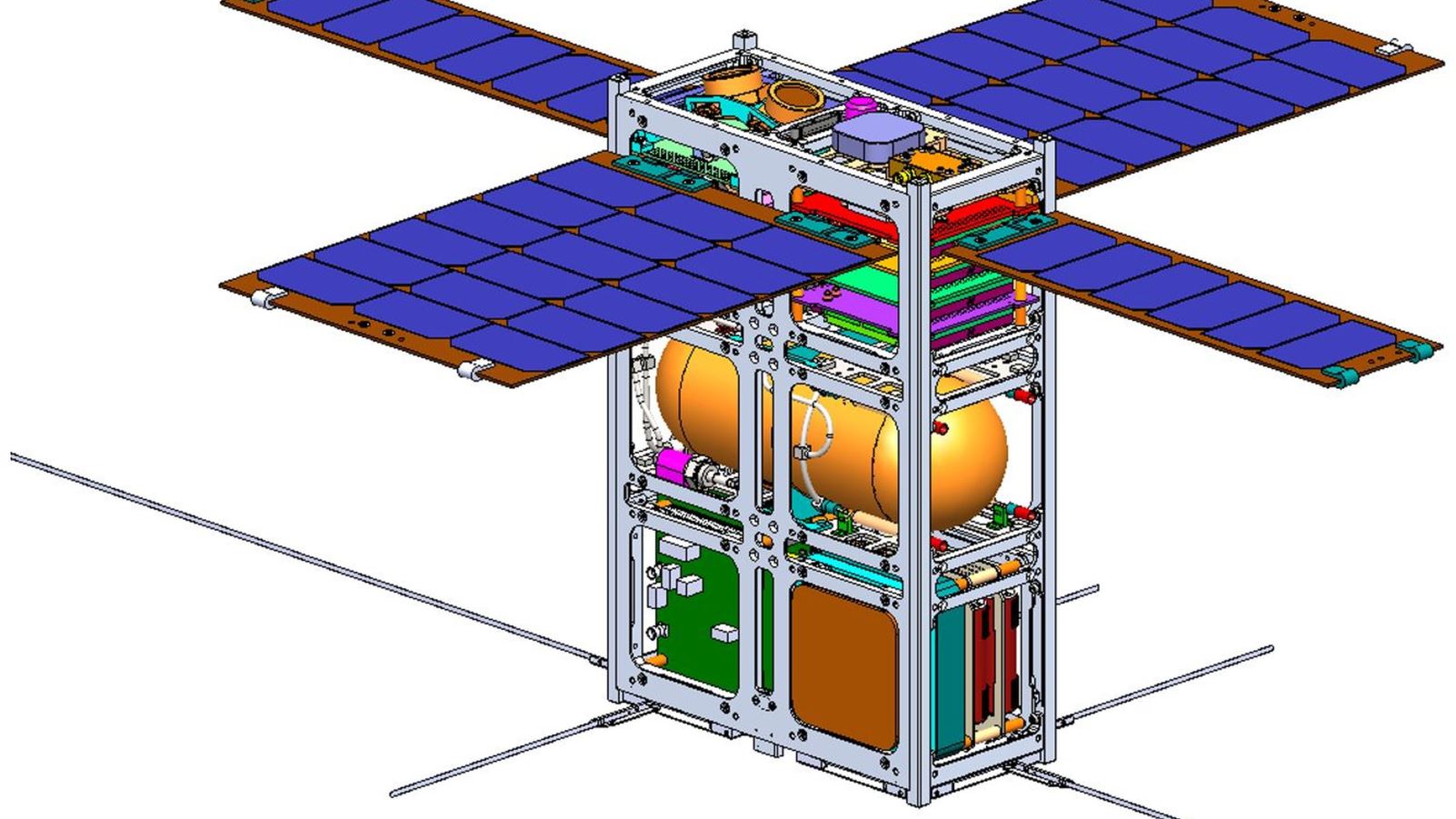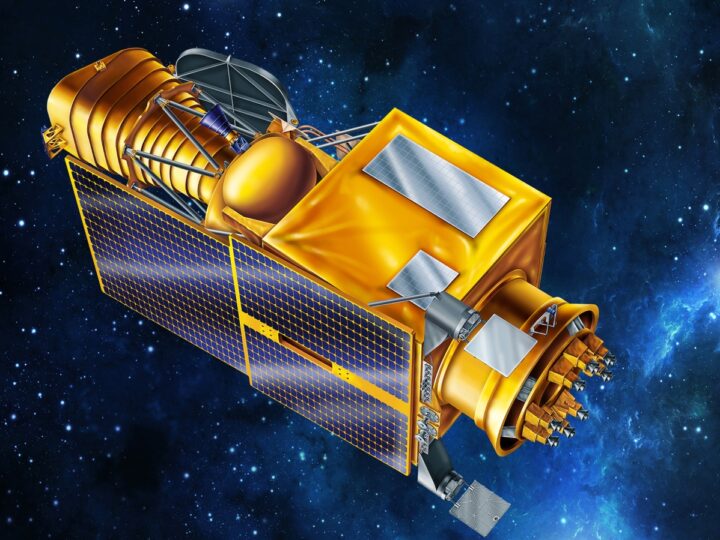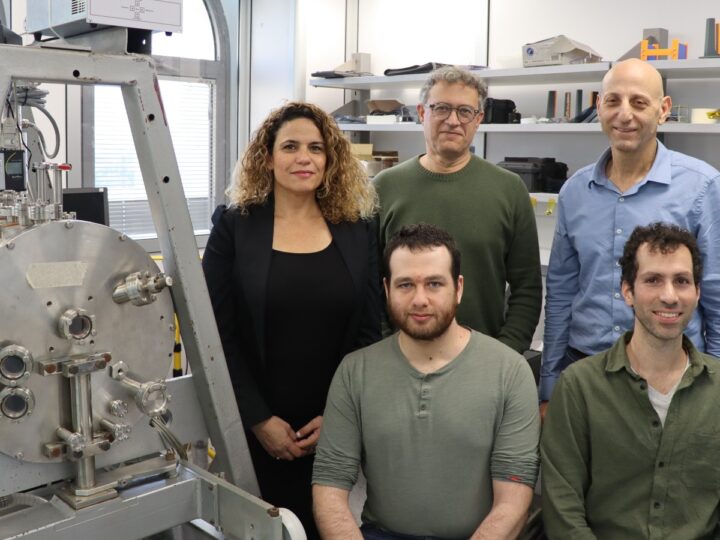It’s not exactly Esther Williams and her famous synchronized swimming routines in space. But if the Israel Space Agency and researchers at the Technion-Israel Institute of Technology can successfully synchronize three nanosatellites in orbit around Earth, a whole new wave of miniaturization, flight coordination and propulsion systems could follow.
The three satellites will be launched near the end of 2018 by the Dutch company Innovative Solutions in Space. The goal is to fly the satellites in a controlled formation for one year while orbiting at an altitude of about 600 kilometers.
The project was funded in part by the French Adelis-Samson Foundation, which supports the research of Prof. Pini Gurfil, director of the Asher Space Research Institute and a member of the Technion’s Faculty of Aerospace Engineering.

Nano-satellites are much less expensive to launch than full-sized satellites and can enable high-speed Internet communication at significantly lower costs than today, said Avi Blasberger, director general of the Israel Space Agency. A trio of satellites controlled together can drop the costs even further.
“Satellite miniaturization together with advanced Israeli technology will enable us to take Israel an important step forward in the field of nanosatellites,” explained Gurfil. “The degree of innovation here can be compared to switching from a PC to a laptop and then to a mobile phone, which offers far more capabilities than its predecessors.”
Nano-satellites measure about the size of a shoebox and weigh only 8 kilograms. But packed into that small space will be measuring devices, antennas, computer and control systems and navigation devices made by Israeli companies: Rafael’s krypton gas-based propulsion system (the first in the world to power a tiny satellite), Elta’s digital receiver and a guidance control system made at Israel Aerospace Industries’ MABAT plant in cooperation with Technion researchers.
The satellites have “wings” to control the flight formation and double as solar panels.
The satellite information processing system and the algorithms that control the formation will be the first of their kind to support the autonomous operation of several satellites together. The satellites will include two GSP receivers to communicate with each other and with the ground station. A dedicated frequency will be used for sending data to Earth via broadband.
Fighting for Israel's truth
We cover what makes life in Israel so special — it's people. A non-profit organization, ISRAEL21c's team of journalists are committed to telling stories that humanize Israelis and show their positive impact on our world. You can bring these stories to life by making a donation of $6/month.









